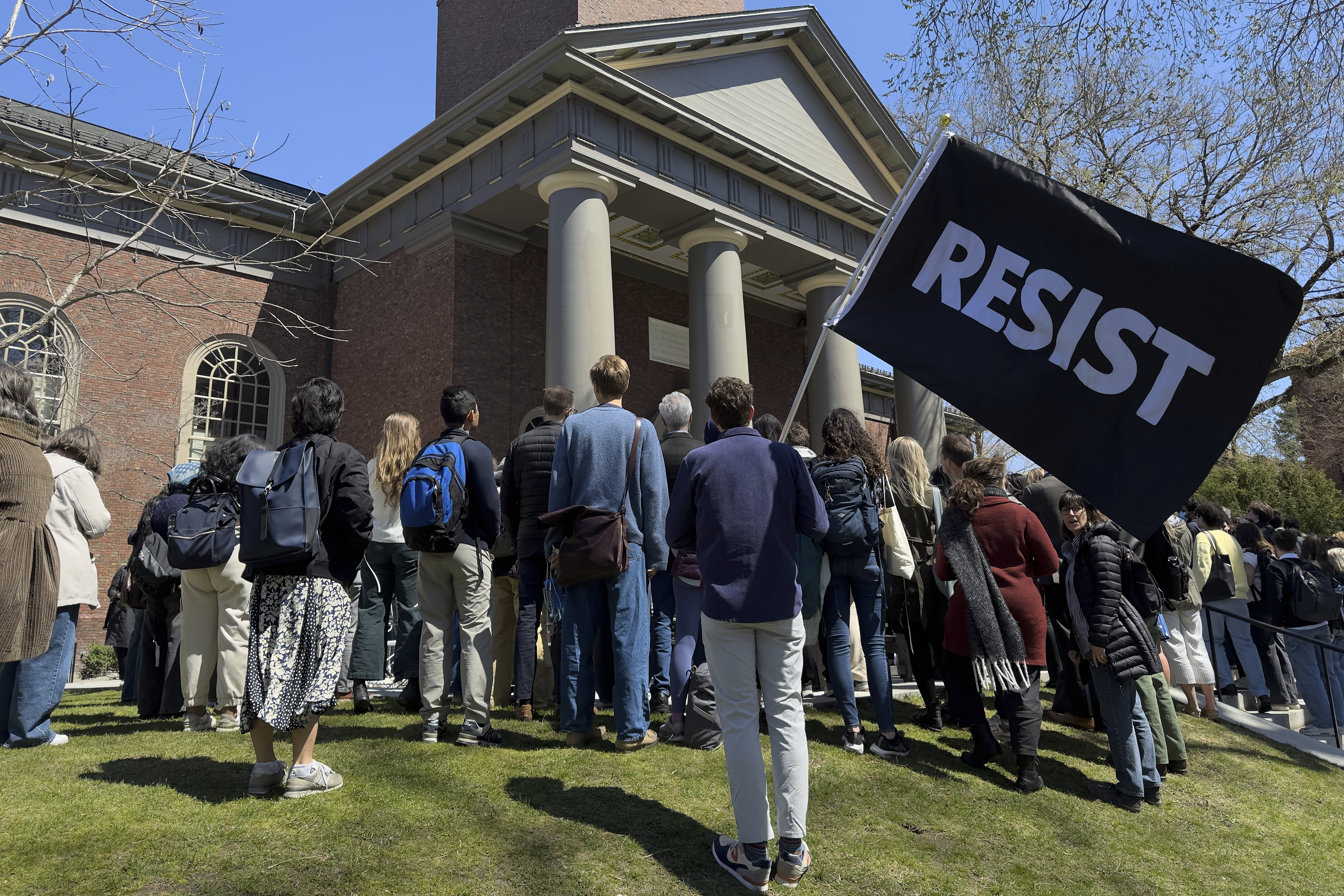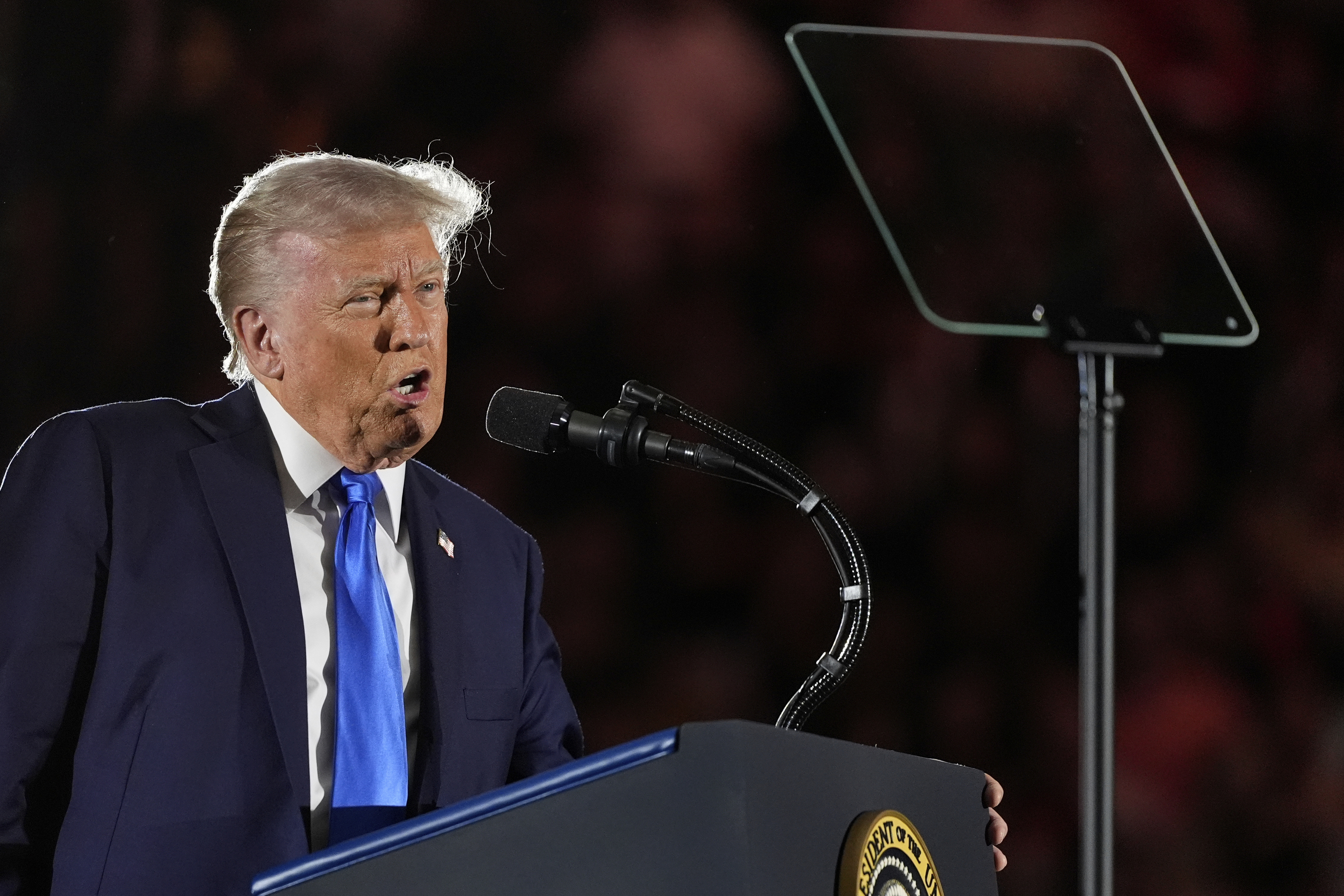Harvard Sues! Trump Admin's Billions in Cuts Spark Legal War
Harvard Fights Back: Billion-Dollar Funding Cuts Spark Lawsuit
Introduction: The Ivory Tower Under Siege?
Imagine your lifeline suddenly being snipped. That's essentially what happened when the Trump administration drastically slashed federal funding to institutions like Harvard University. But Harvard, a name synonymous with prestige and academic excellence, isn't going down without a fight. They're suing. This isn't just about dollars and cents; it's a clash of ideologies, a battle for academic freedom, and a stark reminder of the power that governments wield over educational institutions. So, what exactly happened, and what are the potential consequences? Let's dive in.
Understanding the Funding Cuts: A Deep Dive
What Exactly Was Cut?
It's crucial to understand that this wasn't a universal cut to all federal funding. Instead, the administration targeted specific programs and research grants, often those deemed "unnecessary" or "inefficient." The specific details of which programs and grants were cut are key to understanding Harvard's legal argument. We're talking about potentially billions of dollars that fuel groundbreaking research, scholarships for deserving students, and crucial community outreach programs.
Why Were These Cuts Implemented?
The official rationale often cited was fiscal responsibility and a need to prioritize taxpayer dollars. However, critics argue that these cuts were politically motivated, designed to punish institutions perceived as liberal or elitist. Was it truly about efficiency, or was there an underlying agenda? That's the million-dollar question – or rather, the billion-dollar question.
Harvard's Legal Challenge: The Case They're Building
The Basis of the Lawsuit: What Are They Claiming?
Harvard's lawsuit likely centers on several key arguments. They might argue that the funding cuts were arbitrary and capricious, lacking a rational basis. They might also claim that the cuts violate due process or equal protection under the law. Essentially, they're saying the government acted unfairly and without justification. Think of it as a David vs. Goliath battle, but with legal precedents instead of slingshots.
The Legal Team: Who's Fighting This Battle?
You can bet Harvard has assembled a formidable legal team. We're talking about top-tier lawyers, experts in constitutional law, and seasoned litigators. This isn't their first rodeo. They'll be meticulously dissecting the government's justification for the cuts and presenting a compelling case in court. It's a high-stakes game of legal chess.
The Impact on Students: A Ripple Effect
Scholarships and Financial Aid: The Immediate Consequences
One of the most immediate and devastating impacts of these funding cuts is on students, particularly those from low-income backgrounds. Reduced funding means fewer scholarships, less financial aid, and increased tuition costs. This can effectively shut the door to higher education for many deserving students. Is that the kind of society we want to create?
Research Opportunities: Hampering Innovation
Harvard is a hub of groundbreaking research, pushing the boundaries of knowledge in countless fields. Funding cuts directly impact these research efforts, slowing down progress and potentially hindering innovation. Imagine a cure for cancer being delayed because of budget cuts. It's a chilling thought.
The Broader Implications: A Threat to Academic Freedom?
Government Overreach: Setting a Dangerous Precedent
This lawsuit isn't just about Harvard. It's about the broader principle of academic freedom and the role of government in funding research and education. If the government can arbitrarily cut funding to institutions it dislikes, what's to stop them from doing it again? It sets a dangerous precedent that could stifle innovation and intellectual inquiry across the board.
The Political Divide: Fueling the Flames
The funding cuts and subsequent lawsuit have further exacerbated the political divide in the United States. Conservatives may see it as holding elite institutions accountable, while liberals view it as an attack on education and intellectualism. Regardless of your political leanings, it's undeniable that this issue has become highly politicized.
The Trump Administration's Perspective: Defending Their Actions
Justifications and Arguments: Why They Believe They're Right
The Trump administration likely defended the cuts by arguing that they were necessary to reduce government spending and prioritize taxpayer dollars. They might also argue that institutions like Harvard have ample resources and can afford to absorb the cuts without significant impact. However, critics argue that these justifications are disingenuous and fail to account for the true cost of the cuts.
The Role of Politics: A Power Play?
It's impossible to ignore the political undertones of this situation. The Trump administration often targeted institutions perceived as liberal or critical of their policies. Was this a genuine effort to save money, or a politically motivated attack on their perceived enemies? The answer likely lies somewhere in between.
Beyond Harvard: Other Institutions Affected
The Domino Effect: Who Else Is Feeling the Pinch?
While Harvard is the most prominent institution to challenge these cuts legally, it's not the only one affected. Many other universities and research institutions across the country have experienced similar reductions in funding, leading to layoffs, program closures, and a general sense of uncertainty. This is a systemic issue, not just a Harvard problem.
The Future of Research: A Cloud of Uncertainty
The long-term impact of these funding cuts on research and innovation is difficult to predict. However, many experts fear that it could lead to a decline in scientific discovery, a loss of talent to other countries, and a general stagnation of progress. The United States risks losing its competitive edge in a rapidly changing world.
The Public Reaction: A Divided Nation
Public Opinion: Where Do People Stand?
Public opinion on this issue is predictably divided along political lines. Conservatives generally support the idea of reducing government spending and holding elite institutions accountable, while liberals tend to view the cuts as an attack on education and intellectualism. Finding common ground in this polarized environment is a major challenge.
Social Media Buzz: The Online Debate
Social media platforms have become battlegrounds for this debate, with people on both sides voicing their opinions and sharing information (and misinformation). The online discourse is often heated and divisive, reflecting the deep political divisions in the country. It's a digital echo chamber where opinions are amplified and nuance is often lost.
The Future of the Lawsuit: What's Next?
Potential Outcomes: Scenarios and Predictions
The outcome of Harvard's lawsuit is uncertain. It could be dismissed, settled out of court, or go to trial. If it goes to trial, the judge will have to weigh the evidence and arguments presented by both sides and make a ruling. The potential outcomes range from a complete victory for Harvard to a complete victory for the government.
The Long-Term Implications: A Changing Landscape
Regardless of the outcome of this particular lawsuit, the broader issue of government funding for education and research is likely to remain a contentious topic for years to come. This is a fundamental debate about the role of government in society and the value we place on education and intellectual inquiry. The landscape is changing, and the future is uncertain.
What the "What to Know" Section Reveals
Stocks, Trade Wars, and Fed Criticism: A Turbulent Economic Climate
The initial "What to Know" section provides a snapshot of the economic and political climate surrounding the funding cuts. It highlights concerns about President Trump's trade war, his criticism of the Federal Reserve, and other controversial issues. This context is crucial for understanding the broader forces at play.
Other Headlines: Distractions or Relevant Issues?
The mentions of Defense Secretary Pete Hegseth, Homeland Security Secretary Kristi Noem, and student loans might seem unrelated at first glance. However, they paint a picture of a chaotic and unpredictable political environment. Are these distractions, or do they reflect a broader pattern of government dysfunction?
Conclusion: The Stakes Are High
Harvard's lawsuit against the Trump administration over the billion-dollar funding cuts is more than just a legal battle. It's a fight for academic freedom, a challenge to government overreach, and a reminder of the importance of investing in education and research. The outcome of this case could have far-reaching consequences for universities, students, and the future of innovation in the United States. The stakes are undeniably high, and the world is watching.
Frequently Asked Questions (FAQs)
Q: What specific types of funding were cut from Harvard?
A: The cuts targeted research grants, student aid programs, and community outreach initiatives. Specific examples include funding for cancer research, scholarships for low-income students, and programs that support local schools.
Q: How much federal funding does Harvard typically receive?
A: Prior to the cuts, Harvard received billions of dollars in federal funding annually, primarily for research and development. This funding is critical for maintaining the university's research capacity and supporting its educational mission.
Q: What is the legal basis for Harvard's lawsuit?
A: Harvard is likely arguing that the funding cuts were arbitrary and capricious, violated due process, or violated equal protection under the law. They might also argue that the cuts were politically motivated and intended to punish the university for its perceived liberal leanings.
Q: What are the potential consequences if Harvard loses the lawsuit?
A: If Harvard loses, it could set a precedent that allows the government to arbitrarily cut funding to universities and research institutions. This could lead to a decline in research, fewer scholarships, and a general erosion of academic freedom.
Q: How can I stay informed about the progress of the lawsuit?
A: You can follow news coverage from reputable media outlets, monitor updates from Harvard University's official website, and consult legal experts for analysis and commentary.


![School Voucher Costs: Are They Worth It? [2024 Guide] School Voucher Costs: Are They Worth It? [2024 Guide]](https://media.nbcnewyork.com/2025/04/GettyImages-970308260.jpg?quality=85&strip=all)

